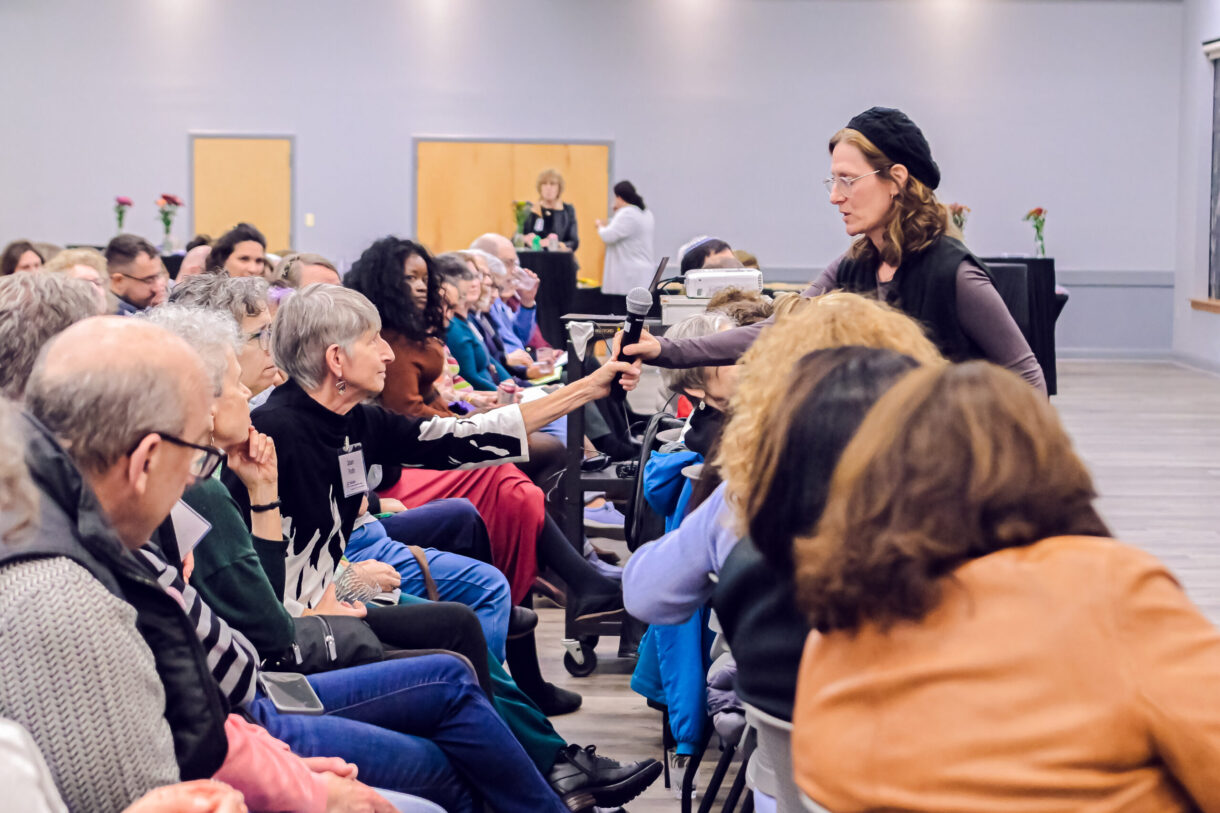Shemini Atzeret – A Special Holiday

Hoshanah Rabbah marks the culmination of the Sukkot festival, but the treatment of Shemini Atzeret as an integral part of Sukkot is a decision made by the Rabbis due to its deeply rooted significance within Sukkot’s themes and rituals.
The term “Atzeret” poses an intriguing linguistic challenge, as its precise meaning remains elusive. Some interpretations suggest it might stem from the word “atzar,” implying a call to “stop” or cease work, potentially indicating a day of rest. Alternatively, Atzeret could be understood within its textual context, possibly signifying an intentional extension of the preceding seven days of Sukkot. This linguistic ambiguity perplexed rabbinic sages, contributing to the ongoing debate about Shemini Atzeret’s exact nature.
Early references to Shemini Atzeret in Rabbinic literature describe it as the “last day of the festival.” However, the Talmud introduces the concept that the eighth day stands as a distinct festival in its own right. It seeks to differentiate Shemini Atzeret from Sukkot, highlighting the significant contrast in the number of Temple sacrifices offered during these respective holidays.
Among the various interpretations of Shemini Atzeret, one intriguing perspective emerges from the teachings of Samson Raphael Hirsch, a 19th-century Orthodox rabbi. Hirsch suggests that the essence of Shemini Atzeret lies in the term “Atzeret” itself, which he interprets as “to gather” or “to store up.” Accordingly, on this eighth day of Sukkot, a day of celebration and reflection, individuals are encouraged to accumulate and store the feelings of gratitude and devotion cultivated throughout the fall holiday season, recognizing that nearly two months will pass before the next significant holiday, Hanukkah.
While Shemini Atzeret shares many observances with Sukkot, there are four notable distinctions. Firstly, the ritual of shaking the lulav and etrog ceases. Secondly, while meals and Kiddush are still conducted in the sukkah (though customs may vary), the special blessing for dwelling in it, as observed during the previous seven days, is omitted. Thirdly, in synagogues, the Yizkor memorial prayer is recited. Lastly, a pivotal moment occurs with the addition of the prayer for rain, known as Tefilat Geshem, during the Musaf service, marking the start of a season-long appeal for rain that continues until Passover. The officiant leading the Geshem prayer traditionally wears a kitel, symbolizing the divine judgment associated with this critical period for rainfall in the coming year.
In his book “The Jewish Holidays,” Michael Strassfeld draws parallels between Shemini Atzeret and Shavuot. Shavuot can be viewed as the concluding event of the seven-day Passover holiday, occurring seven weeks later. This timing allowed pilgrims to return to Jerusalem. Shemini Atzeret, in contrast, arrives at the onset of the rainy season, making an additional pilgrimage to Jerusalem impractical. Thus, it follows Sukkot immediately. The Talmud even refers to Shavuot as “Atzeret,” reinforcing the connection between the two.
In the early Middle Ages, Shemini Atzeret became linked to completing the annual Torah reading cycle. This association eventually gave rise to Simchat Torah, which likely originated from what was the second day of Shemini Atzeret. Simchat Torah celebrates the conclusion of one Torah reading cycle and the commencement of the next.
Simchat Torah aligns with the second day of Shemini Atzeret in traditional Diaspora communities, while in Israel it coincides with the single day of Shemini Atzeret. This joyous holiday is characterized by reading the Torah at night, featuring the last section of Deuteronomy followed by the beginning of Genesis. A significant tradition on Simchat Torah involves calling all community members to recite the Torah blessing, known as an Aliyah. Synagogues may repeat the reading until all members have their aliyot or form smaller groups to chant from multiple Torah scrolls simultaneously, ensuring everyone participates.
In Kabbalah, the seven hakafot on Simhat Torah symbolize the unification of the seven days of Sukkot and represent the seven sephirot, emanations of God. This mystical interpretation harmonizes with the exuberant dancing. The Torah readings during this festive period are typically playful and humorous, celebrating the divine gift of Torah.
Although Simchat Torah lacks specific biblical origins, it has evolved into a holiday centered around celebrating and rejoicing in the Torah, serving as a unifying and joyful experience for Jewish communities worldwide.


